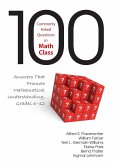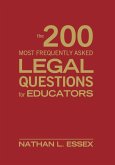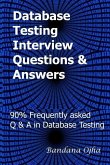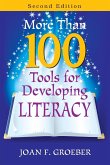
Broschiertes Buch
Answers That Promote Mathematical Understanding, Grades 6-12
27. September 2013
Corwin

5,99 €
Sofort per Download lieferbar
Broschiertes Buch
51 Micro Tabletop Role-Playing Games to Use in the Classroom
22. Oktober 2024
Lulu.com
Ähnliche Artikel

Broschiertes Buch
A Step-by-Step Guide for Educators
13. Dezember 2007
Corwin


9,99 €
Versandfertig in über 4 Wochen
Database Testing Interview Questions & Answers Guide: 90% Frequently Asked Q & A in Database Testing
Broschiertes Buch
26. Oktober 2018
Independently Published

Broschiertes Buch
21. November 2012
Creative Media Partners, LLC


10,99 €
Versandfertig in über 4 Wochen
Broschiertes Buch
11. September 2021
HARPERCOLLINS 360



Broschiertes Buch
13. Februar 2008
Corwin

Broschiertes Buch
29. April 2008
Corwin
Ähnlichkeitssuche: Fact®Finder von OMIKRON
